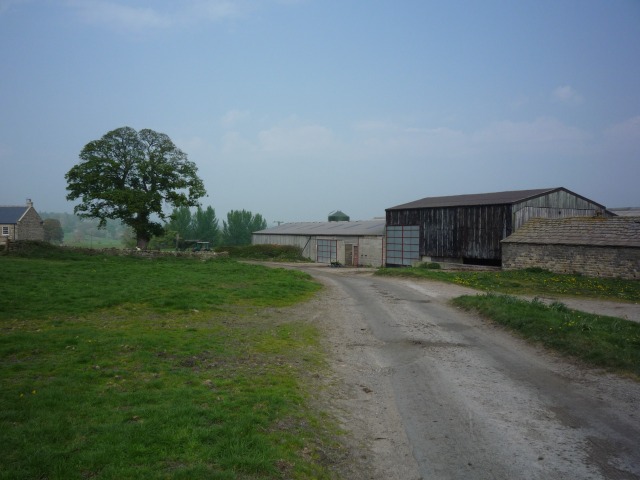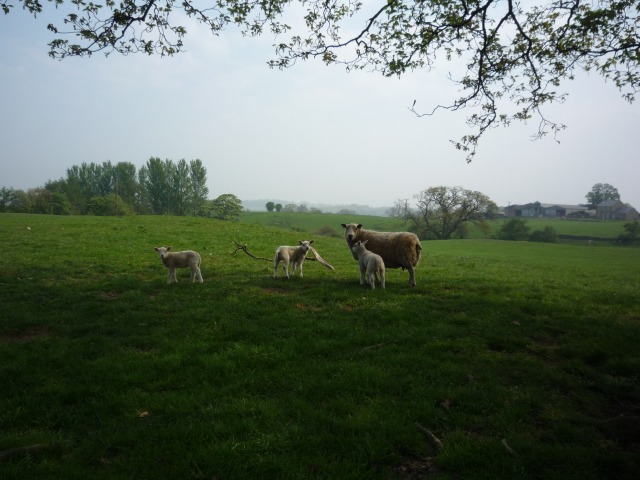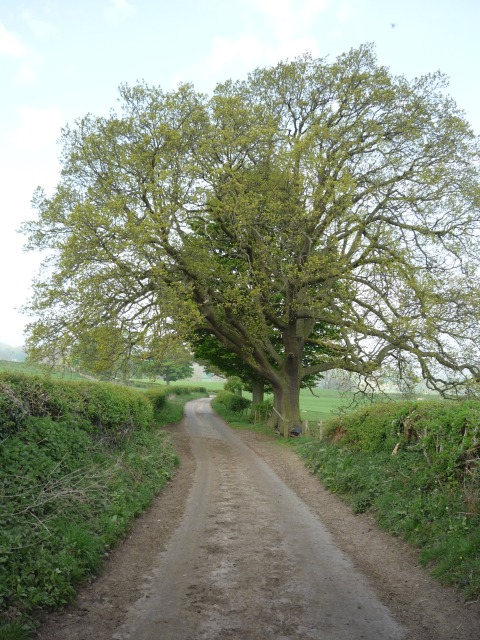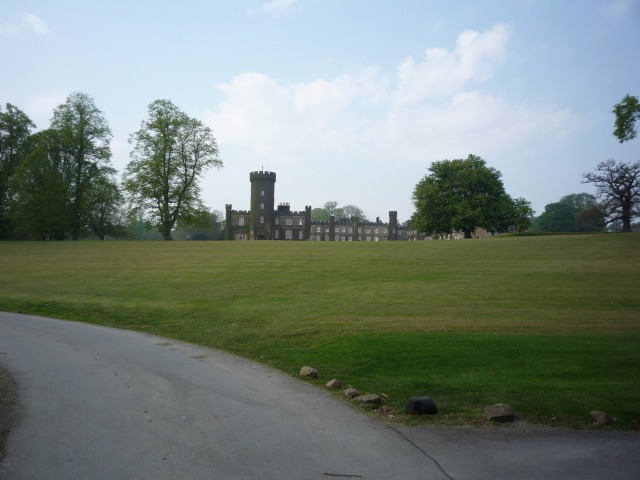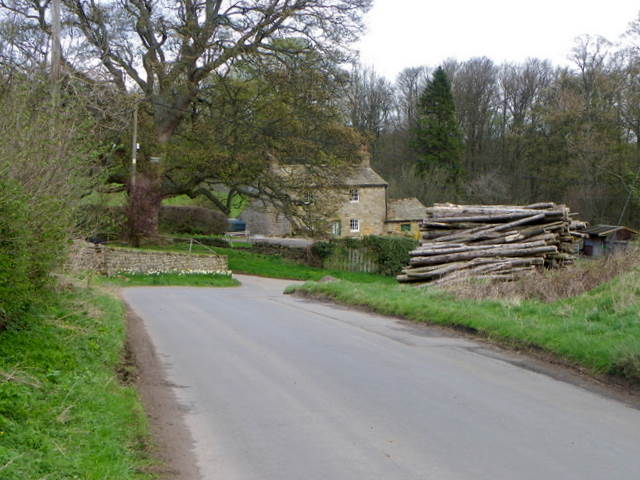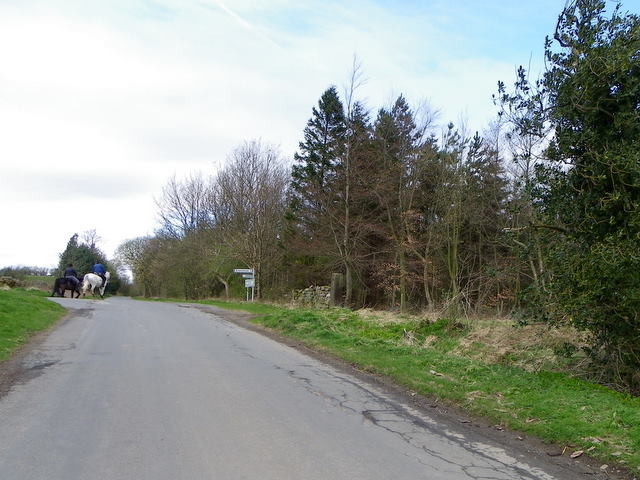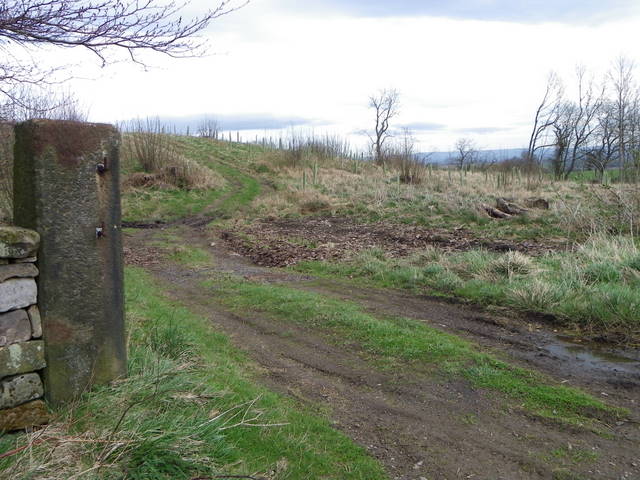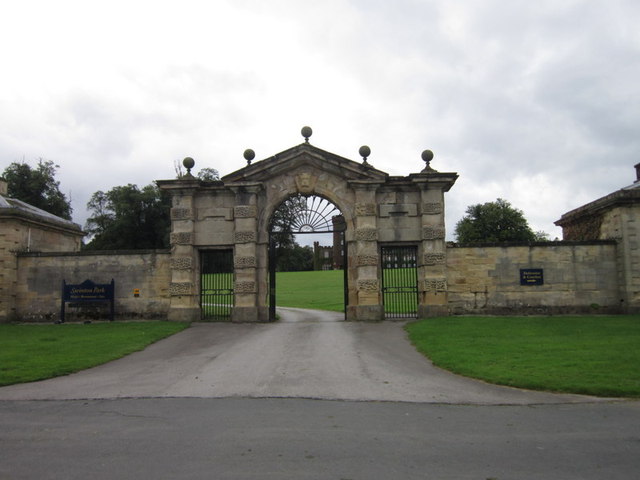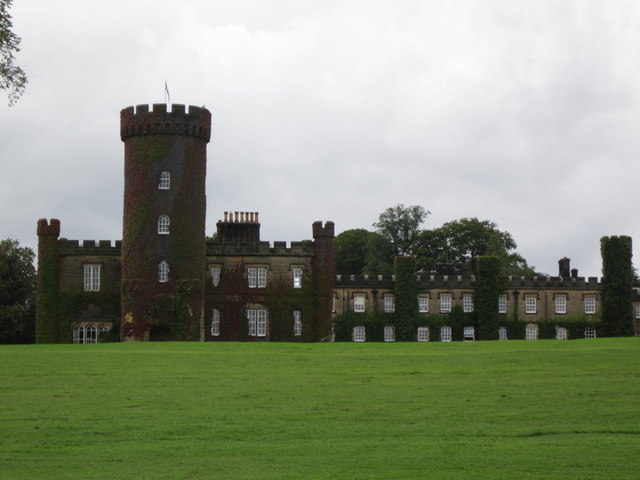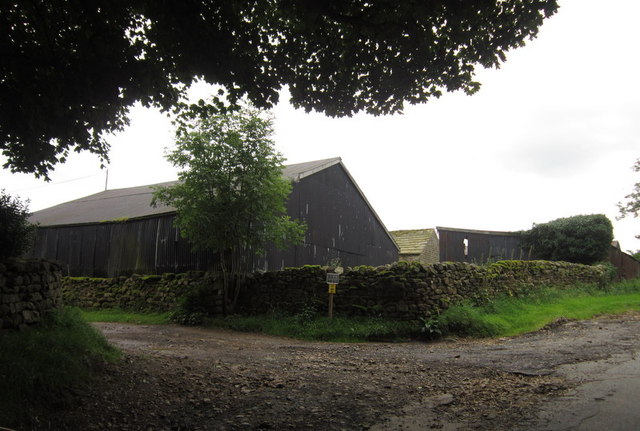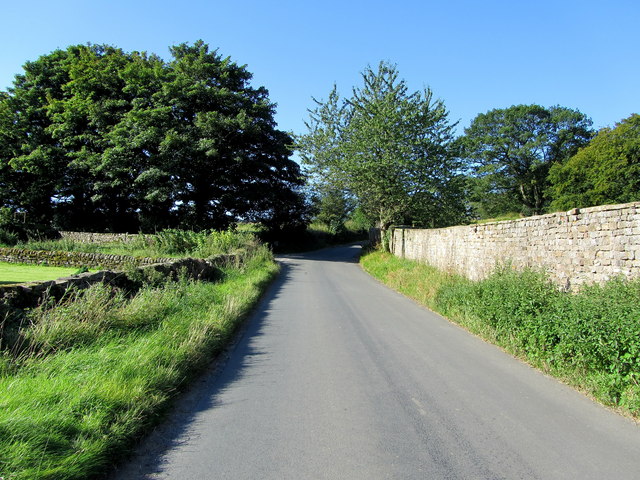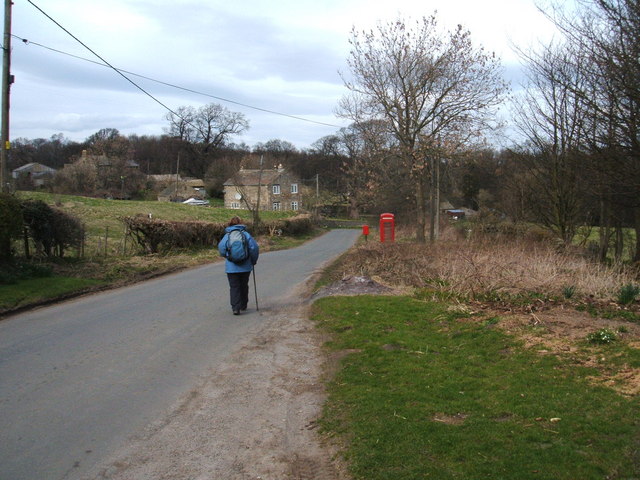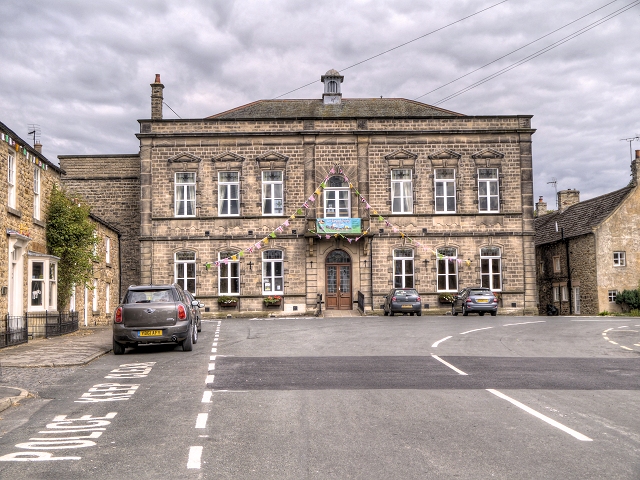Storth Wood
Wood, Forest in Yorkshire Harrogate
England
Storth Wood
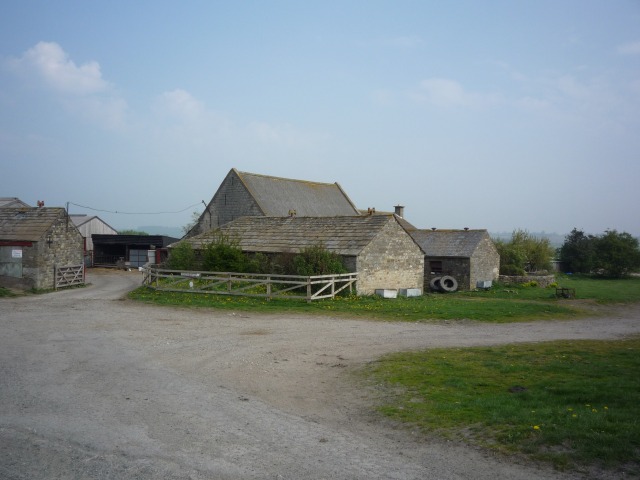
Storth Wood is a picturesque woodland located in the county of Yorkshire, England. Situated in the heart of the North York Moors National Park, the wood covers an area of approximately 40 hectares and is a popular destination for nature lovers and outdoor enthusiasts.
The wood is predominantly composed of native broadleaf trees, including oak, ash, birch, and beech, which create a rich and diverse habitat for a wide range of wildlife. Walking through the wood, visitors can enjoy the tranquility and beauty of the natural surroundings, with sunlight filtering through the lush canopy and a carpet of wildflowers and ferns covering the forest floor.
Storth Wood is home to a variety of bird species, such as the great spotted woodpecker, tawny owl, and chiffchaff, making it a paradise for birdwatchers. Additionally, the woodland provides a habitat for mammals including red squirrels, roe deer, and badgers. The wood is also known for its abundance of insects, including butterflies and dragonflies.
For those seeking outdoor activities, Storth Wood offers several trails and footpaths, allowing visitors to explore the wood at their own pace. The woodland is well-maintained, with clear signage and marked routes, making it accessible to people of all ages and abilities.
Storth Wood is not only a haven for wildlife but also serves as an important conservation area, managed by local authorities and nature conservation organizations. Its natural beauty and ecological significance make it a valuable asset to the Yorkshire region and a must-visit destination for anyone seeking a peaceful retreat in the heart of nature.
If you have any feedback on the listing, please let us know in the comments section below.
Storth Wood Images
Images are sourced within 2km of 54.210021/-1.6861553 or Grid Reference SE2079. Thanks to Geograph Open Source API. All images are credited.
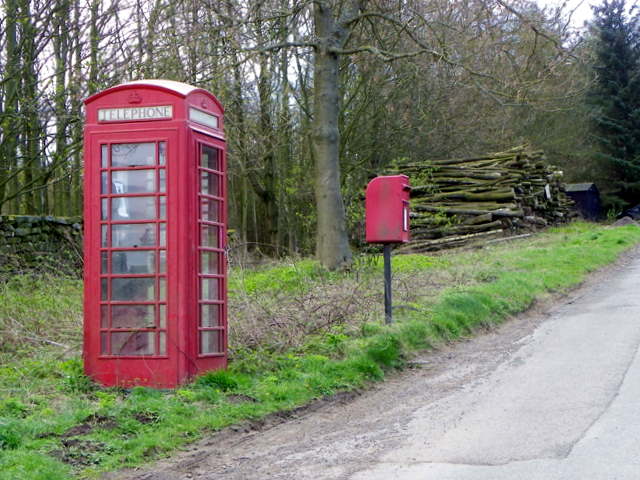
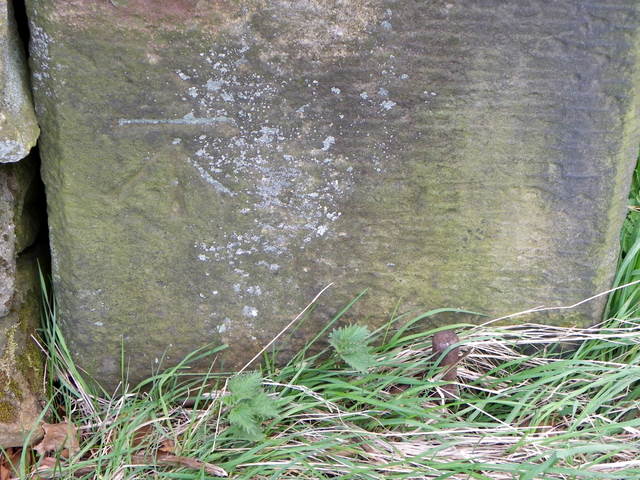
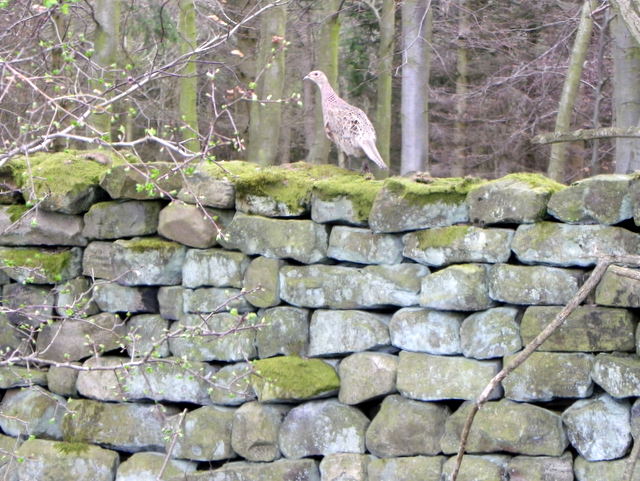
Storth Wood is located at Grid Ref: SE2079 (Lat: 54.210021, Lng: -1.6861553)
Division: North Riding
Administrative County: North Yorkshire
District: Harrogate
Police Authority: North Yorkshire
What 3 Words
///operating.converged.showdown. Near Masham, North Yorkshire
Nearby Locations
Related Wikis
Warthermarske
Warthermarske is a hamlet in the Harrogate borough of North Yorkshire, England. It is near Swinton, about 1 mile (2 km) south-west of Masham. The village...
Swinton Estate
The Swinton Estate is a large privately owned estate in North Yorkshire, England. It comprises some 20,000 acres (8,100 ha) of countryside in the Nidderdale...
Swinton, Harrogate
Swinton is a small village in the Harrogate district of North Yorkshire, England. It is situated to the immediate south-west of Masham and separated from...
Swinton with Warthermarske
Swinton with Warthermarske is a civil parish in Harrogate district, North Yorkshire, England. The parish includes the village of Swinton and the hamlets...
Colsterdale Light Railway
The Colsterdale Light Railway (CLR) was a narrow-gauge railway line in Colsterdale, North Yorkshire, England. It was built between 1903 and 1905 to allow...
Fearby
Fearby is a village and civil parish in North Yorkshire, England. It is located in the valley of the River Burn 2 miles (3 km) west of Masham. Nearby settlements...
Ilton, North Yorkshire
Ilton is a village in North Yorkshire, England, 3 miles south-west of Masham. It is the principal settlement in the civil parish of Ilton cum Pott, in...
Masham Town Hall
Masham Town Hall is a municipal building in the Little Market Place, Masham, North Yorkshire, England. The structure, which is used as an events venue...
Nearby Amenities
Located within 500m of 54.210021,-1.6861553Have you been to Storth Wood?
Leave your review of Storth Wood below (or comments, questions and feedback).
